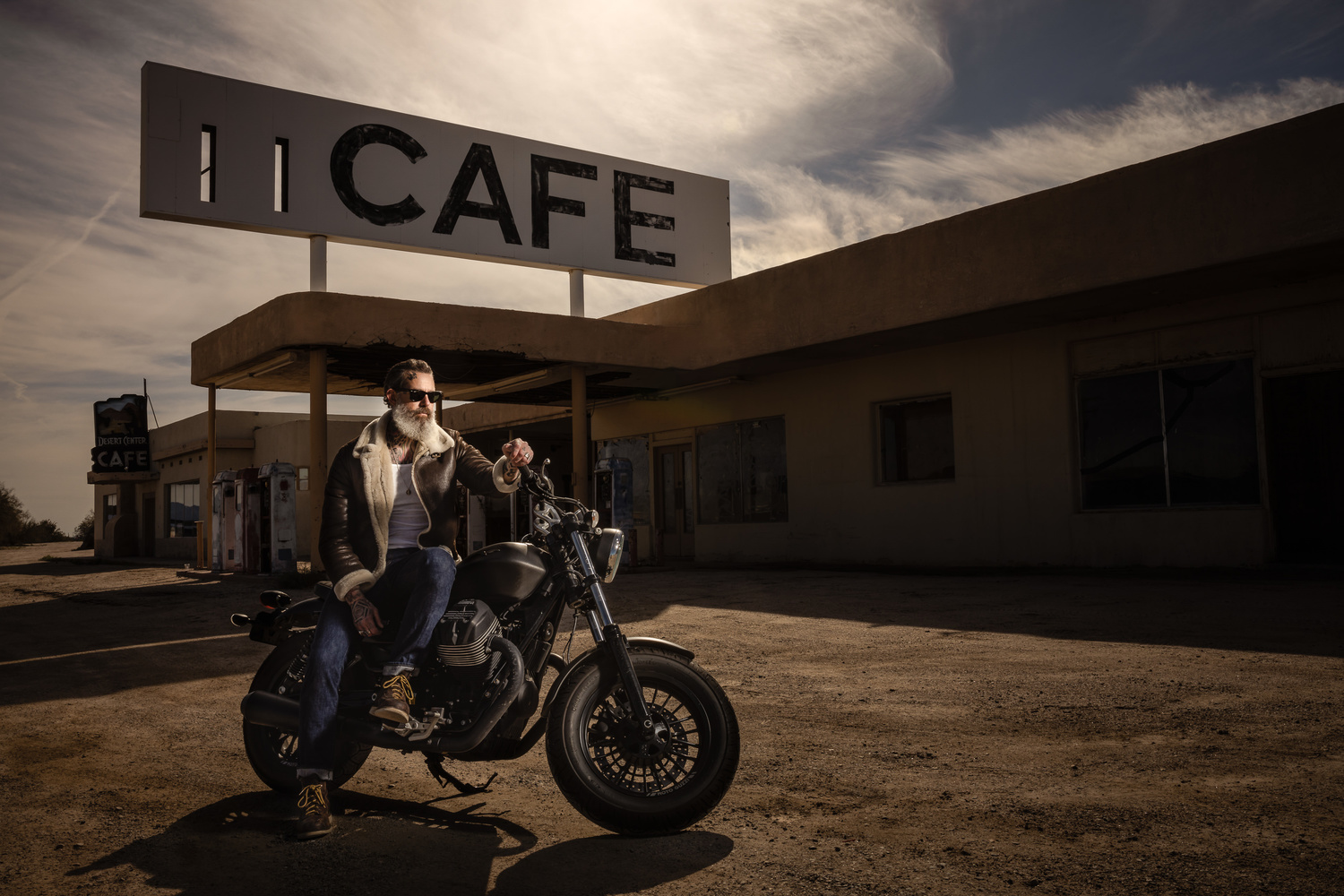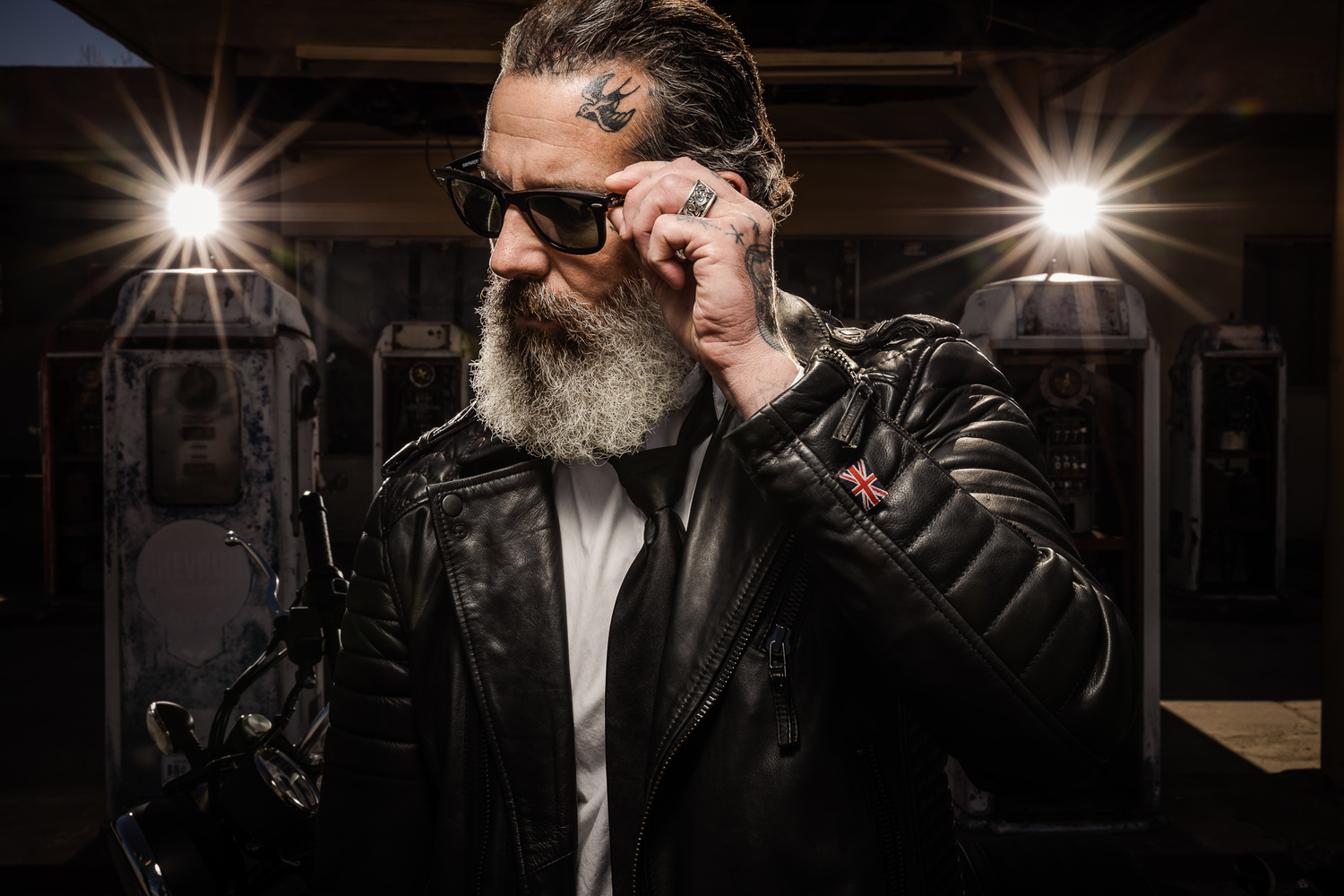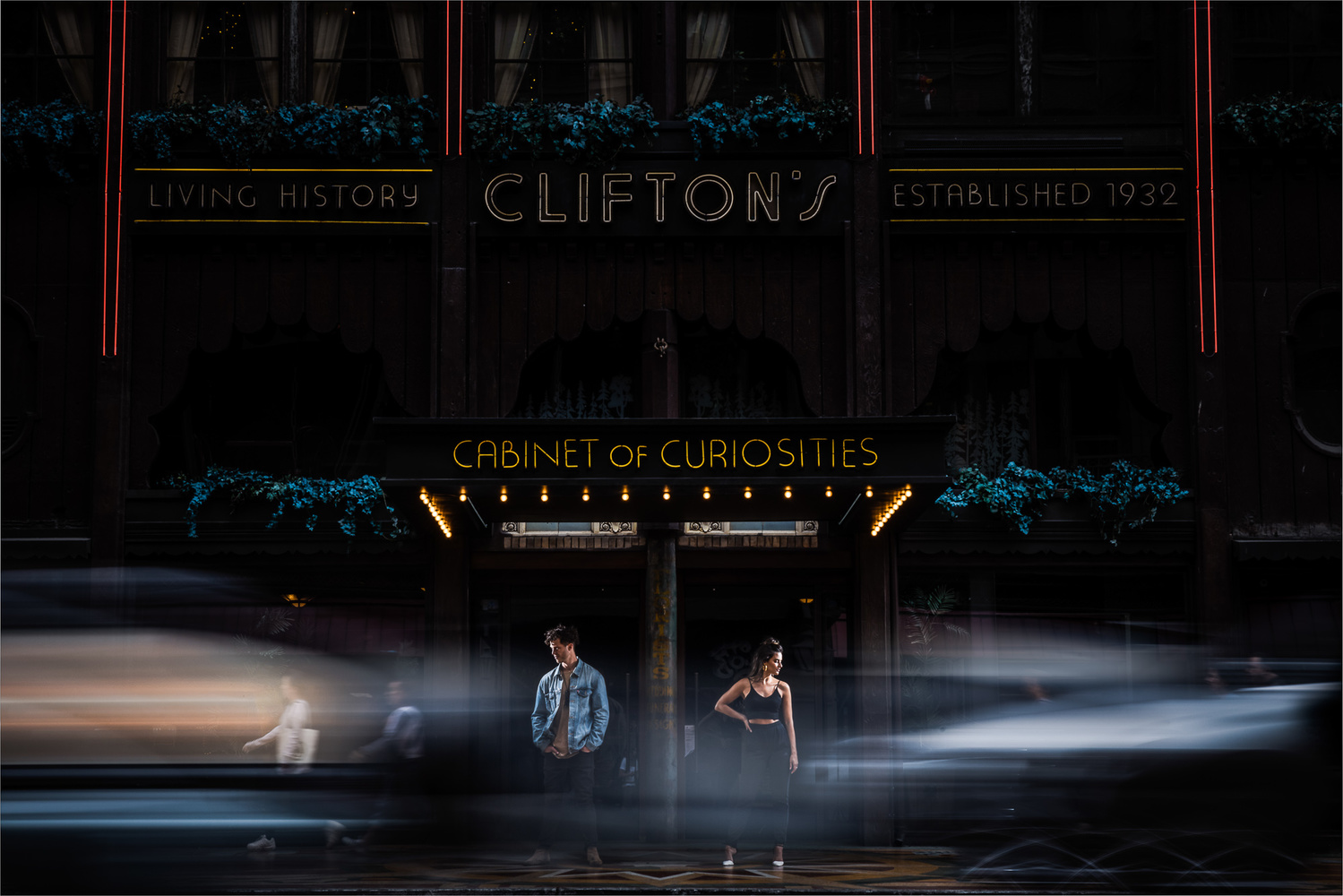Lighting 3 is about multi-point lighting to create images that stand out from the crowd.
All techniques are demonstrated using a variety of highly portable gear and light modifiers and also include what we call “power translations” so that you can know the exact power settings used and how to recreate that light with any flash or modifier you already own. In addition, every lesson includes exercise files and education from shoot to post; we will actually create each of the final images you see here together.
Light Stacking
We’re going to start with multi-point light stacking to create depth and painterly editorial portraits.

Backlit Rain
You will walk away with classic light patterns and formulas that are recipes for unique and beautiful images no matter the scene or situation.

Creativity Anywhere, Anytime
In fact, we’re demonstrating many of these techniques in rundown allies, under bridges, and in areas where, well, literally, our model asks: “can you make this spot work?” Yes, anywhere, anyplace, you will learn lighting and special effects techniques to create images that will wow your clients.

Rim Lighting and Starbursts
Then, we’re going to dive deeper as we add additional lighting for rim lighting and edging and use our strobes for creative effects and starburst light patterns.

Flash and Shutter Drags
Once we’ve gained comfort in controlling our subjects, composition, and multi-point light setups, we’ll be adding extra complexity by incorporating motion into our environmental portraits via shutter drags.

Flash and Double Exposures
These are images that will make your work stand out — images that you or your clients will want to hang on your walls! We will teach you how to pull off shots that would be impossible or unsafe by using in-camera double exposures, like this shot where the couple appears to be standing under a light fixture, which is actually an in-camera double exposure from a shot we took earlier in the day under a parking structure

ND Filters and Flash
We’ll even use an ND filter to split a scene into daytime versus night time in a single shot while we add light to our male subject and create a faux sun coming through the top of the frame.

More Key Concepts










